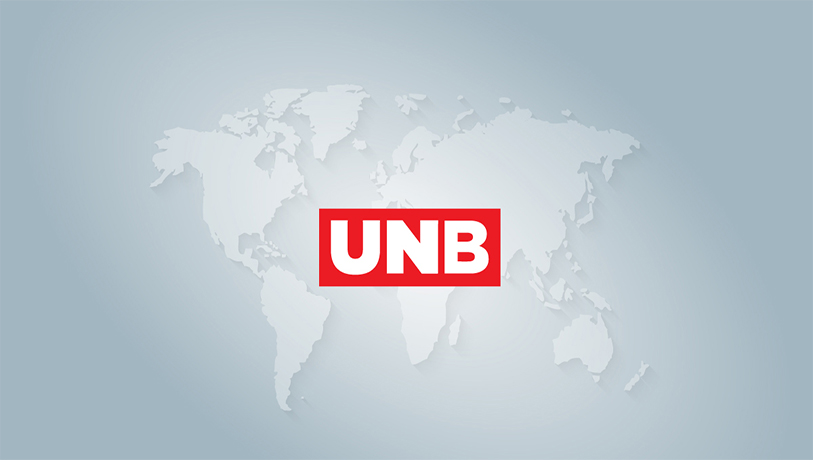South Korea reported 334 more cases, bringing its total to 1,595. Most of the new cases were in the country's fourth-biggest city, Daegu, where the outbreak has hit hardest and the national government has mobilized public health tools to assist the region's overwhelmed medical system.
But there are signs the virus is spreading further in South Korea with 55 cases reported so far in the capital, Seoul, and 58 in the second-largest city, Busan. The country also confirmed its 13th death Thursday, with most in and near Daegu.
China reported 433 new cases along with 29 additional deaths on the mainland. Thursday's updates bring the country's totals to 78,497 cases, and 2,744 deaths.
Of the new cases, 383 were in the epicenter of the city of Wuhan, where the virus first emerged in December. Wuhan also accounted for 19 of the new deaths.
Global worries about the COVID-19 illness were multiplying, as the epidemic expanded geographically and for the first time caused more new cases outside China than inside the country. With Brazil on Thursday confirming Latin America's first case, the virus has reached every continent but Antarctica.
"The sudden increases of cases in Italy, the Islamic Republic of Iran and the Republic of Korea are deeply concerning," WHO director-general Tedros Adhanom Ghebreyesus said Wednesday.
In Europe, where Germany, France and Spain were among the places with a growing caseload, an expanding cluster of more than 440 cases in northern Italy was eyed as a source for transmissions.
In the Middle East, where cases increased in Bahrain, Kuwait and Iraq, blame was directed at Iran, which had 19 deaths, the highest toll outside China.
And in the United States, which has 60 cases, President Donald Trump declared that the U.S. was "very, very ready" for whatever threat the coronavirus brings, and he put Vice President Mike Pence in charge of overseeing the country's response.
Shortly after Trump spoke, health officials identified what could be the first community spread U.S. case. The patient in California was not known to have traveled to a country with an outbreak or had ties to a known patient. Most of the previously confirmed U.S. cases had traveled to China, were evacuated from the virus-stricken Diamond Princess cruise ship, or were family members of those cases.
Though the virus pushed into countries both rich and poor, its arrival in places with little ability to detect, respond and contain it brought concern it could run rampant there and spread easily elsewhere.
"We're going to be trying to slow down the spread so that our hospitals are not overwhelmed in one big gulp, one big hit," said Ian Mackay, who studies viruses at the University of Queensland in Australia.
Saudi Arabia announced precautions including temporarily stopping tourists from places with confirmed outbreaks from entering the country, as well as pilgrims coming for the Umrah or to visit the Prophet's Mosque in Medina.
Major gatherings around the world were eyed warily, with schools closing, churches moving services online, food deliveries booming and many business conferences and sporting events canceled. Looming largest of all are the Olympic Games, whose opening ceremonies are scheduled for July 24 in Tokyo. Japan's top government spokesman said Olympics preparations would proceed and the games would go on as planned.
After many countries restricted travel from China to try to prevent the illness from spreading, China itself is now heavily regulating arrivals from abroad. State broadcaster CCTV reported South Koreans were being monitored after detecting fevers in five arrivals.
China's National Health Commission is also investigating how a released prison inmate from Wuhan evaded strict travel bans and arrived in Beijing on Feb, 22 after developing a fever five days earlier. Hundreds of prisoners have been sickened by the virus, some likely infected because guards used the same bus station as workers at a pulmonary hospital.
